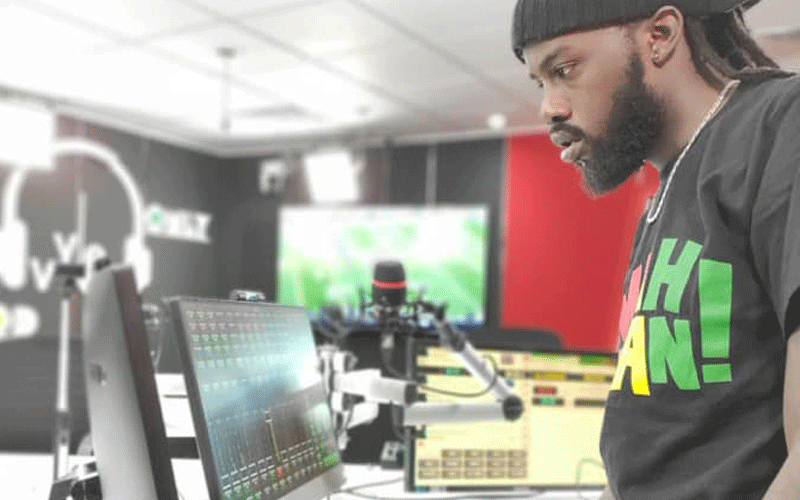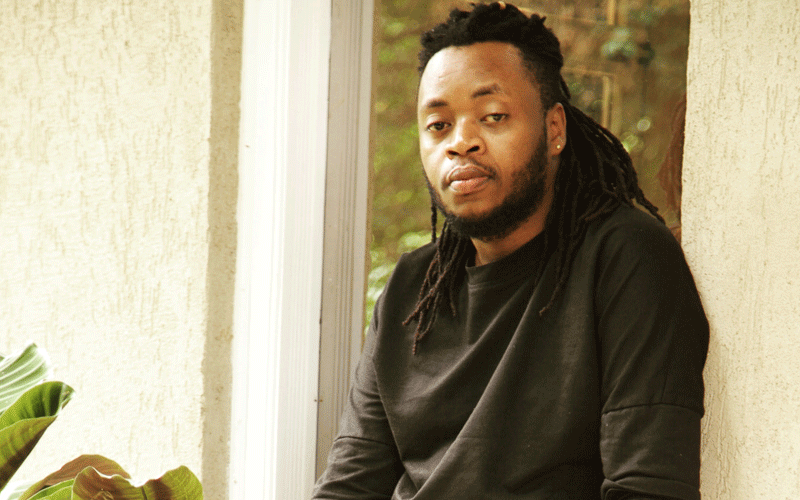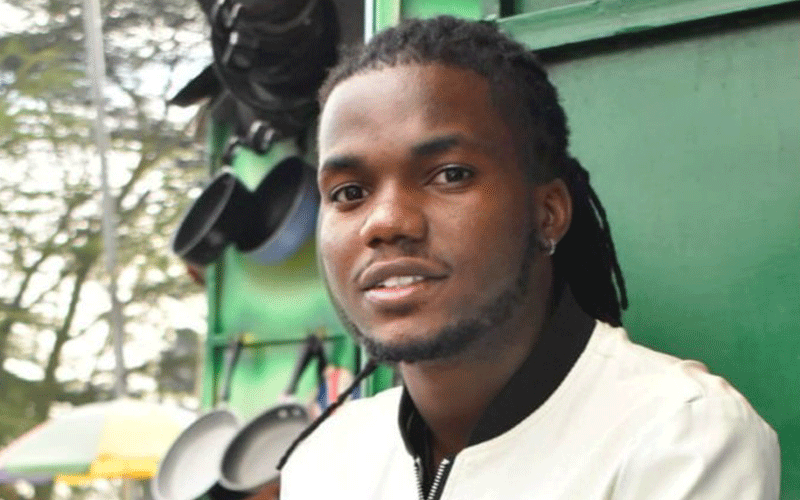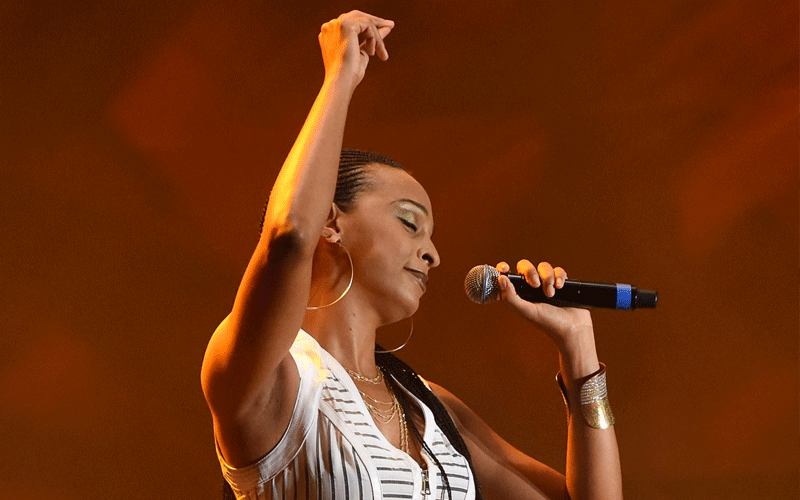Jamaica, the riddim sub-culture of reggae music gradually growing roots in Kenya
By Jasmine Atieno, June 19, 2020Having started about a decade ago in Jamaica, the riddim sub-culture of reggae music is gradually growing some roots in Kenya. And as JASMINE ATIENO writes, local music producers are helping it grow
The riddim sub-culture of the dancehall reggae music has slowly been taking root in the Kenyan music industry, with a ballooning number of reggae producers and artistes in the country diving right into it.
One of Kenya’s top reggae music producers Mixmaster Chao of Half Live Production, is currently riding high with a total of eight riddims that have been featured in 87 songs already and available in all digital stores for streams and downloads.
His music works has been well received in both local and international markets and featured some of the best reggae artistes in the Kenyan industry including Mtapa Taa, Binti Africa, Black Heart, Royalty by Black, Nazizi and Cathy Matete.
He says his inspiration to venture into riddims was inspired by some of Jamaica’s top riddim producers of yester years.
“I grew up listening to most of these riddims. Digital B, the baddest producer from Jamaica, was the pioneer of all these sounds and legendary voices we hear today.
Kenya picked up the culture some few years back, especially in the beginning of the millennium, mostly because we consume more reggae than any other genre in the Kenya.
“It’s a track that varies in different elements depending on what feel you want to give it, from the strings, brass and drums and so on.
The same track is voiced by different and unique artistes with different inspirations driven by the track,” Mixmaster Chao tells Spice.
Growing passion
ZJ Heno is also a top Kenyan reggae producer. He boasts more than 10 riddims under his belt, among them Tranquility, Passionate, Trinity, Destination, Final Destination and Compatible.

His venture into riddims as a music market space was basically out of passion and an ear for good music. This basically gave birth to his first riddim, Passionate.
“Basically, I just wanted to challenge myself. I used to ask myself what would I give back to the music industry.
You know, I have deejayed; I have done tours. So, I was looking at the next thing to give back since I have the ear for music.
This is why I decided to produce riddims with the help from a lot of people in the music industry from around the world. In 2013, my first riddim—Passionate, was released,” says Heno.
According to him, a riddim name can be inspired by the producer’s own vibe or inspiration from the beat, or sometimes, just one song that is part of the whole riddim can bring in the inspiration.
He says: “One thing I like about riddims is that it may sound as the same beat, but the artistes deliver differently.
This is compared to other styles where you just put up a single song or an Extended Play (EP). On the other hand, a riddim will have all your favourite artistes delivering differently to the same beat.
You can have as many artistes as you want, so that people can easily stream and listen to the music.
But Heno adds that the producer plays a big role in making sure the riddim succeeds.
“The producer also has to consider the radio deejays and the listeners too. You can’t put 30 artistes on the same riddim.
So, probably eight to 10 artistes would be enough. There’s no need to overwhelm the listener or the DJ,” he says.
Mombasa-based producer Amz Producer has had immense contribution to the reggae industry in Kenya.

In 2018, his White Sands riddim hit the waves in a major way featuring eight local and international artistes including Kitole Kenda, Frankie Dee, Lioness Afreeka, Singa Babz, Achidy, Don Brown, Gunda Wechee and Vyper Gyal Dem Striker.
“White Sands was received well by the DJs and presenters despite the fact that we had no single video out by then.
After a week’s time, almost 15 deejays had made a mix of the riddim. That was so encouraging and we didn’t take it for granted.
“We had a number of concert bookings in Zimbabwe and Ethiopia, but we only managed to secure the one in Ethiopia.
This was as a result of a heavy rotation of Frankie Dee’s Man Must Smoke hit jam in Ethiopia,” says Amz.
In 2019, Amz collaborated with Nairobi-based Rastyle Republic in Dance Allela riddim.
This one had a combination of Mombasa and Nairobi artistes, but later attracted a number of international artistes.
“It did not get much hype as compared to White Sands because many of the people involved in this Riddim were not well familiar to each other in terms of working relationship.
Even before I started producing riddims, producer Teknixx had been making them.
He made riddims such as Blue Moon, Sheshe, Ohangla and Old Town, some of which will be unleashed after the Covid-19 pandemic,” he says.
New entrants
Fidel Keys, the new riddim master in town is currently riding high with his Dance A Yard riddim. It was created in 2017, but was released this year.
He says the reception has been great from the Kenyan fan base and also internationally. According to him, he draws his inspiration for music from his uncle, Mixmaster Chao.

Between the period he was introduced to the riddim world in 2013 and 2020, he already had his own reggae instrumentals, but first he wanted to see the outcome of the vision his uncle had.
While it was a nice idea aimed at creating a platform for reggae artistes in Kenya, it was also important to watch and observe the reception it’d receive.
At the same time, he was caught up in live band performances and playing in gigs here and there.
Fidel says there are processes to be followed before an artiste is put on a riddim. One of the most critical ones is drafting a contract between the producer and artiste or DJ.
“There are split sheets in the contract. There is a way the contract is made depending on the parties involved in the making of a riddim or interested in working on it.
The contract spells out how the percentages are going to be shared amongst the parties involved,” intimates Fidel.
Highs and lows
Currently in Kenya, Dance A Yard, Irie, Prayer, Jollity, Dangerous Love, Jah Jah and Antivirus are some of the highest selling riddims. But as much as they are picking a beautiful pace in Kenya, producers say the ride has had its own share of challenges.
“The love for riddims is there in Kenya, but the fans are not buying as much. Some artistes don’t really understand the concept of the riddim; it’s always a drag around before they can voice.

Other times, artistes don’t come through when you have a recording session and you have to chase them around.
“Personally, I stopped chasing after anyone and if an artiste comes in late I chase them out.
Locally, people just don’t buy the music as much as their love for it. The support needs to come from home first,” says Heno.
Mixmaster Chao adds that marketing and getting the music cut through mainstream media is also a major challenge.
He points out that as much as reggae music has a huge fan base locally, the fans are not getting a lot of the local content from the media as yet, despite the fact that Kenya in itself is a major hub for reggae music.
In Jamaica, for instance, music stars such as Alaine, Busy Signal, Tarrus Riley, Etana, Romain Virgo, Chris Martin, Konshens, Richie Spice, D Major, Vybz Kartel, Jah Cure, Gyptian and Cecile have all realised success in music, thanks to their work of art on different riddims.
And with the culture still bumbling under in Kenya, it remains one of the highly anticipated phenomena to explode in the local reggae music industry that only time will tell.
But the Kenyan producers remain upbeat that the culture will become a formidable force here at home, sooner than later.
